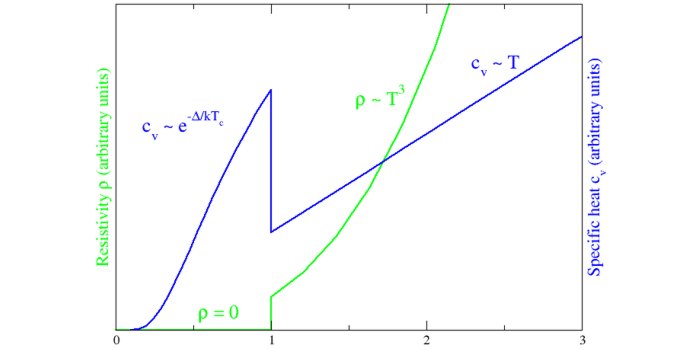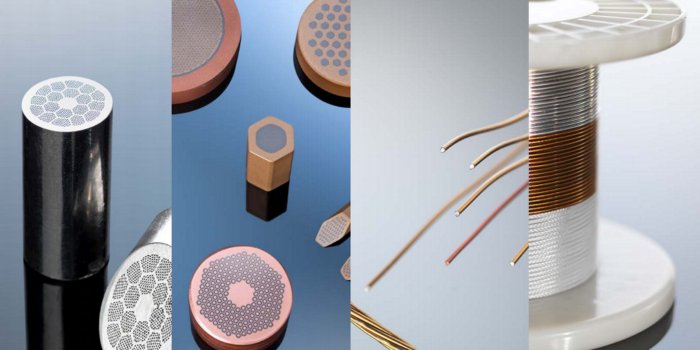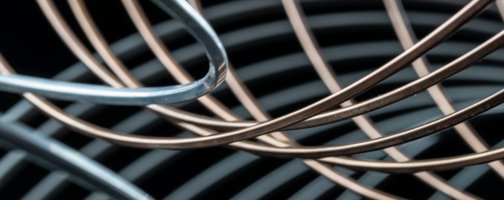The metal processing industry has long focused on the benefits of high-temperature heating, such as thermal expansion, ductility and flexibility. However, it’s only in recent decades that the properties of extreme cooling in metals have been appreciated.
The phenomenon of superconductivity occurs when certain types of metals are cooled to very low temperatures, also defined as critical. This process allows for an incredibly higher electrical conductivity compared to other common metals.
What is superconductivity? A definition
Superconductors are materials that exhibit no electrical resistance when cooled to extremely low temperatures. This phenomenon, first observed in 1911 by Heike Kamerlingh Onnes, has then been found in a wide range of materials, both metallic and non-metallic.
Superconductivity occurs by cooling a metal to extreme temperatures (just above 0 Kelvin), resulting in a change of its atomic structure. Electrons inside the superconductor are able to move through the material without dispersing or losing energy and heat.
Specifically, this phase transition leads to a non-existent electrical resistance, allowing superconducting materials to carry a continuous flow of electric current without losses.
It’s easy to see how superconductors could last for several years without experiencing the deterioration seen in other materials, which need frequent replacement due to heat dispersion. As a result, superconducting metals captured the attention of the global scientific community for their potential to revolutionize electronics, healthcare and more.

Superconductors uses and applications
Due to the extremely low temperatures required for superconductivity, a wide range of theoretical projects involving superconducting metals are still challenging to realize.
Nevertheless, numerous studies have led to the development of some practical applications for common use, involving superconducting metals with higher critical temperatures such as:
- Niobium (Nb): the most widely used superconductor due to its notably high critical temperature (9,25 K). It possesses a higher magnetic field than other superconducting metals, especially when alloyed with materials like tin and titanium.
- Aluminum (Al): considered an excellent superconductor due to its lightweight and malleability, particularly in the production of cables and components for high-power electrical conduction, such as power plants and large factories.
Superconducting metals are currently employed in niche sectors of electronics and medicine, in the form of cables and magnets for particle accelerators, machines for magnetic resonance imaging (MRI), highly sensitive electrical devices, scientific research systems, and many applications requiring extremely high-intensity magnetic fields.
Their unique properties make superconductors particularly intriguing in magnetic levitation, electric mobility, quantum computing, nuclear fusion and aerospace transportation.

Cold rolling of superconducting metals
For the realization of numerous superconducting components, metal cold rolling can be used to precisely reduce the material thickness for the subsequent production phases.
In the case of superconducting wires, used for example in medical imaging machines, cold rolling allows to effectively reduce the wire’s cross section without breaking or damaging the internal filaments, maintaining the superconducting capacity and the crystalline structure of the material without the risk of heating it up.
INVIMEC’s range of machinery for industry includes effective and experienced solutions for superconductors processing: wire rolling mills specifically designed for superconducting metals and alloys based on niobium, aluminum, tin and titanium, to name a few.
Discover our cold rolling machines and personalized rolling mills, or ask for a dedicated consultation on your project about superconducting metals.
